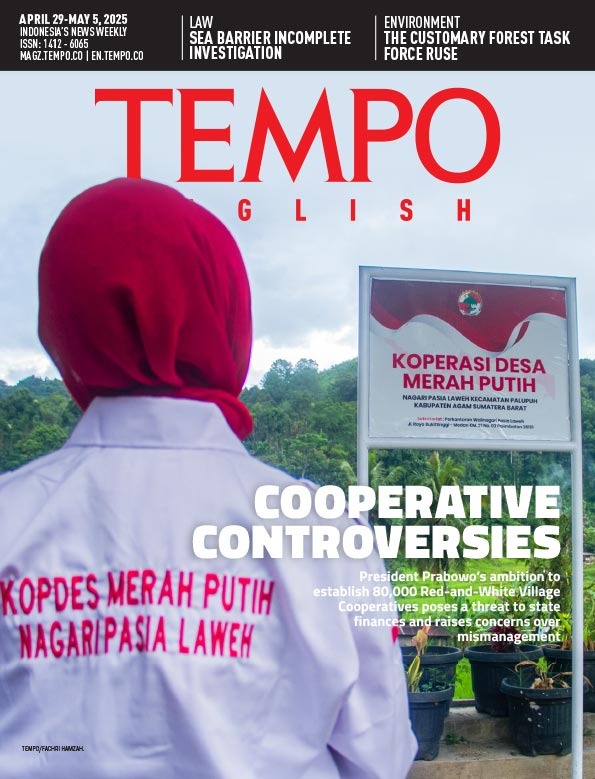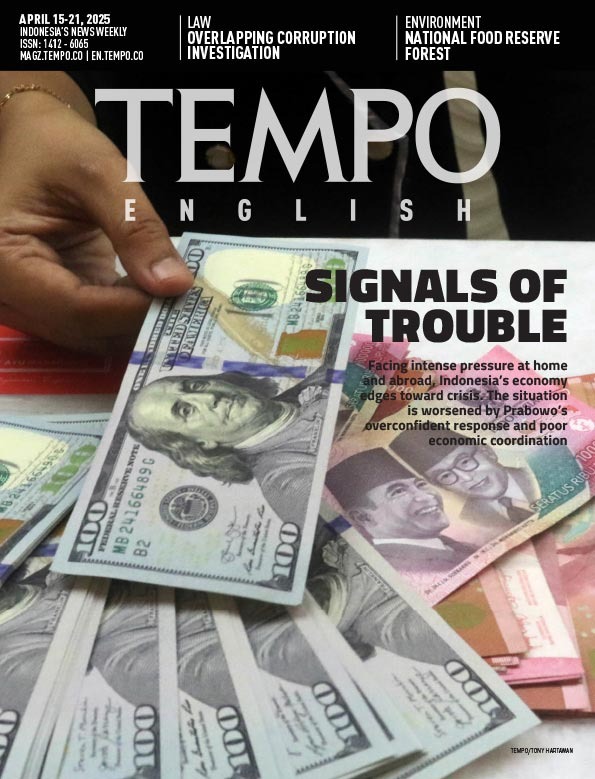Masks
Tuesday, June 7, 2016
The man in the army hat and black ski mask smoking a small pipe has disappeared. He is not in San Cristobal de las Casa, not in other towns, and not in the Mexican interior. That was where he once took up arms, fought, spoke, wrote, and mingled with the poor Chiapas framers who were fighting for their rights. Ten years later, Subcomandante Marcos, the most prominent figure in the Zapatista rebellion, vanished.
Maybe that is how is should be: fighters come, fighters win, fighters go. Ten years earlier, around 3,000 members of the armed Zapatista forces declared war on the Mexican army, occupied towns, and 150 people died. That was a bad setback for them at the time, but they were later acknowledged as one of the real political forces that succeeded in creating autonomous areas without official recognition. Over those 10 years, Marcos, with his unique style, became the icon of struggle, But then Zapatista made a public statement on March 24, 2014: Marcos was no more: "Marcos, the character is no longer necessary...His character was created and now his creators, the Zapatistas, are destroying him."
arsip tempo : 174620958441.

The man in the army hat and black ski mask smoking a small pipe has disappeared. He is not in San Cristobal de las Casa, not in other towns, and not in the Mexican interior. That was where he once took up arms, fought, spoke, wrote, and mingled with the poor Chiapas framers who were fighting for their rights. Ten years later, Subcomandante Marcos, the most prominent figure in the Zapatista rebellion, vanished.
Maybe that is how is should be: fight
...
Subscribe to continue reading.
We craft news with stories.
 For the benefits of subscribing to Digital Tempo, See More
For the benefits of subscribing to Digital Tempo, See More








